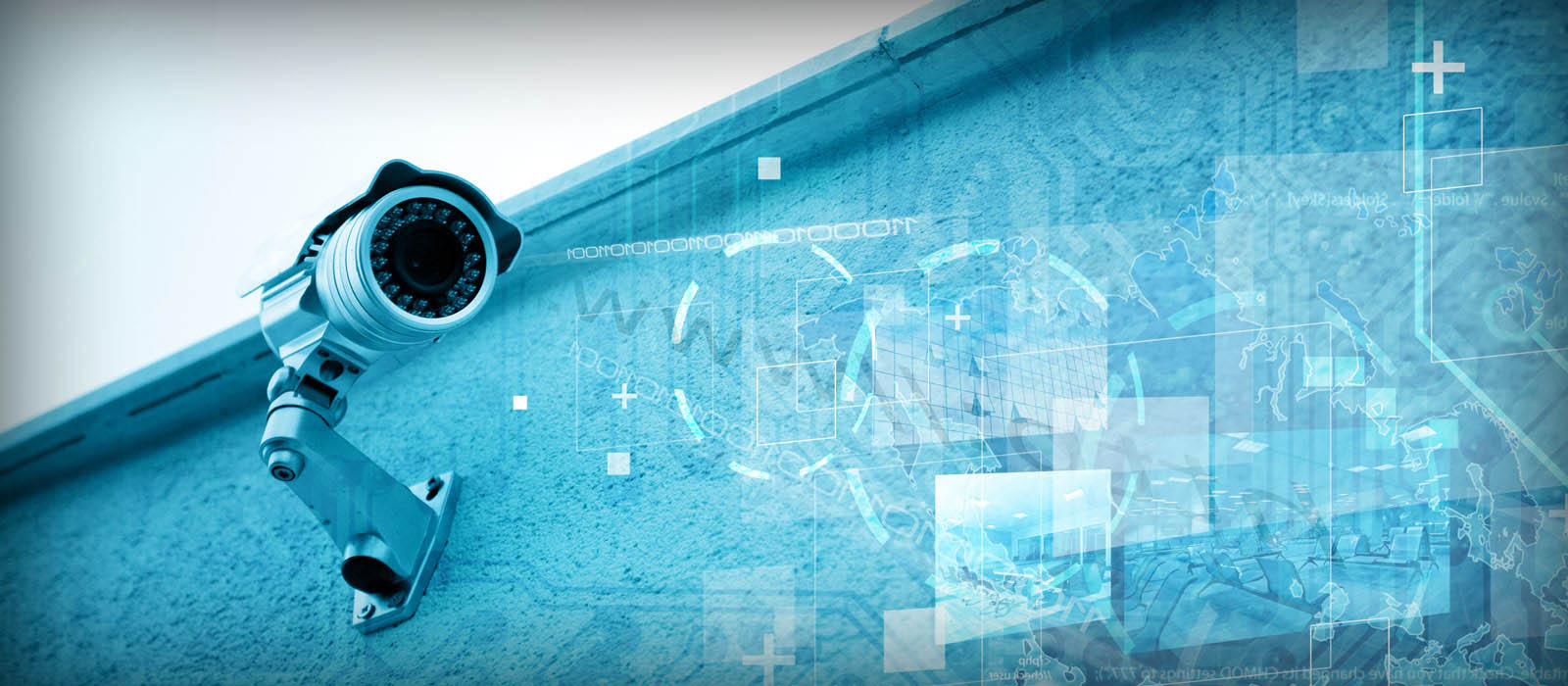Thermal Imaging & Video Analytics in Security Surveillance Made Simple
21
FEBRUARY, 2017
From the power we use in our companies, to the transportation that moves us and the communication systems we rely on to stay in touch, our modern society depends on security professionals to keep things safe. Thousands of visible and thermal security cameras are installed every year by organizations that understand the importance of having true 24 hour video surveillance capability.

But what are or what do we mean by thermal imaging and video analytics for security surveillance?
Video Analytics for security surveillance
Surveillance video lets you see what is happening in a scene but as the number of cameras increases and the hours of recorded video start to add up, it becomes challenging to detect and find the exact events you are looking for. This is where video analytics come into play.
An application can scan video for different patterns such as motion. It can be set up so that when an object crosses a defined line in the scene, an alarm can be raised. Axis cameras support on-board video analytics. This could for example mean only recording video when something is moving in the scene, and operators don’t need to monitor cameras to catch events such as trespassing.
Motion detection and cross-line detection are two examples of video analytics that can really increase the value of your camera installation. If you have Axis cameras in your network, you already have everything you need to get started with video analytics.
Thermal Imaging
Cameras depend on light, bouncing off objects before reaching the sensor. Some cameras have great low-light capabilities, but they still need light in the scene. A thermal camera is different! It uses heat radiating off objects to form an image, and it doesn’t need light at all.
Anything that is warmer than absolute zero emits heat, and a modern thermal camera can distinguish between objects with less than 0.1 degree of temperature difference. So a person’s normal body temperature will usually stand out pretty well against the background, even at great distances.
Even though thermal cameras excel at night, they work just as well during full daylight. The thermal image isn’t well suited for identification, but it can be used to detect a human presence making up only a few pixels in the frame.
Dropping prices and a low rate of false alarms has led to an increase in thermal camera popularity, especially for perimeter protection. As a bonus, thermal imaging can detect objects even when they are partially hidden by vegetation or mist.



